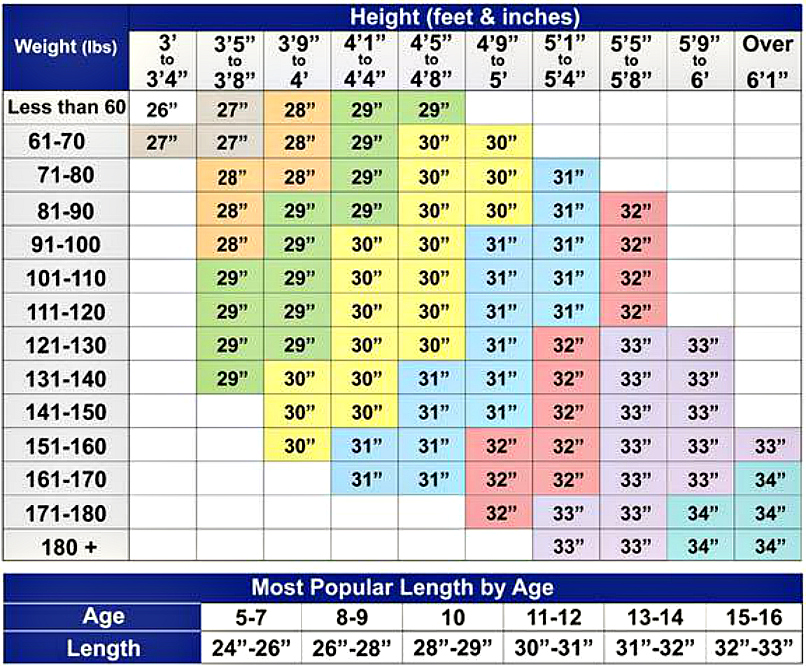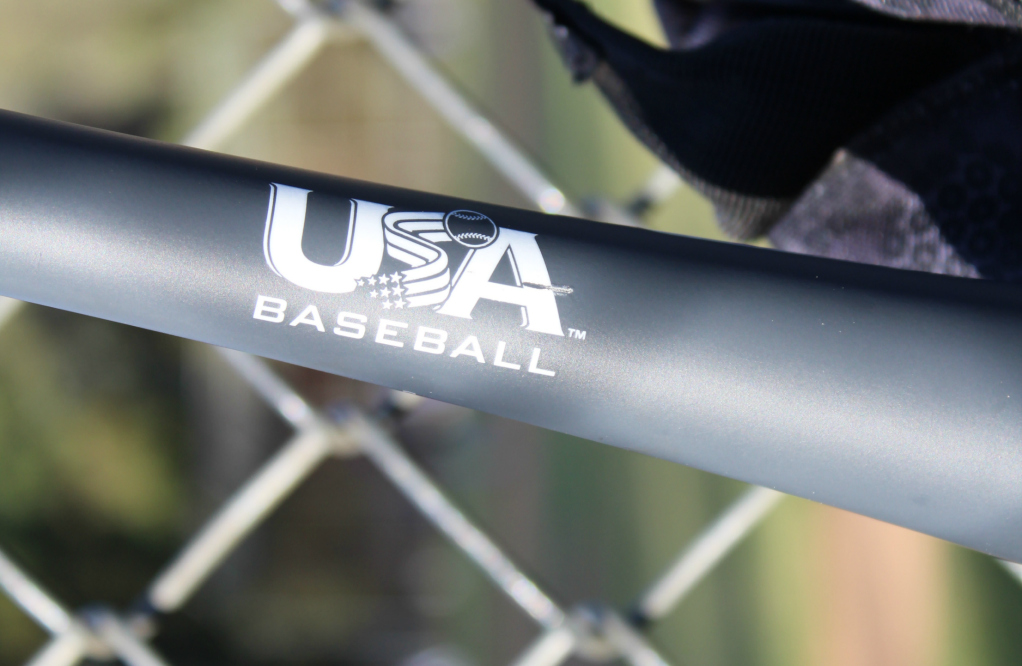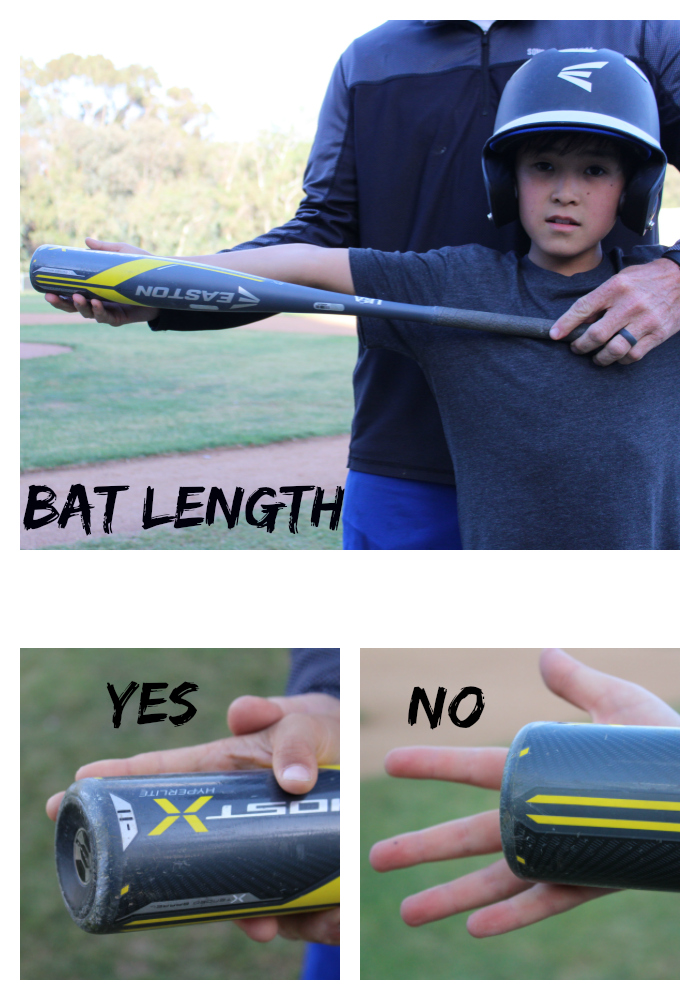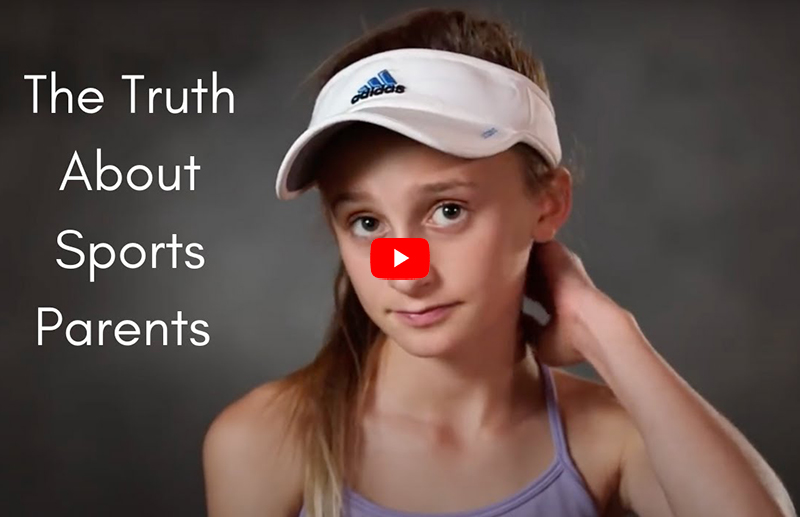
How To Choose The Right Bat Size
By Alex Flanagan
If you have never bought a baseball bat before, you are in for a treat.
The first time I ran into a sporting goods store to pick one up for my son, I was overwhelmed. I had no idea what I would need to know to match my child to a bat size. If you search the internet, there are many articles with so much bat buying advice you can find yourself paralyzed with information overload.
We asked father, former MLB player, and current Oakland A’s quality control coach, Mark Kotsay, to help us with the basics of buying a bat.
FIRST … You will need your child. This is a shopping experience best done with your kid because they need to stand beside and hold the bat to determine if it’s the right fit. There are weight, age, and height charts that can help, like the one below, but they are not always accurate depending on your child’s size. My 10-year-old is tall. According to the age chart, he should play with a 29-inch bat because of his height, which is way too short. He plays with a 31-inch bat.
SECOND, several leagues adopted the USA baseball bat standard in 2018, and your child’s bat will be required to have this sticker of approval on it if they play in one of these leagues. You need to know if your league requires this sticker. (See picture below) Little League, PONY, Dixie Youth Baseball, Babe Ruth League, AABC, and Cal Ripkin Baseball are leagues that now require the USA baseball sticker. USA stamped bats are allowed in USSSA leagues, but USSSA bats are not allowed in USA Leagues.
Next, you need to determine the right bat WEIGHT, LENGTH, and DROP.
WEIGHT: Bats are measured in ounces. Kotsay says, “Weight is first and foremost.” The heavier the bat, the harder it is to control. The lighter the bat, the easier it is to swing. You want it light enough that your child can swing it but heavy enough to generate power.
To determine the best weight for your child, Kotsay says, “Have your child pick up the bat with his dominant hand. Raise the bat to his waist and extend his arm until fully extended. He should be able to hold the bat for 30 seconds without it dropping below his waist.” If he or she struggles to keep it up, then it’s too heavy.
LENGTH: Baseball bats come in different lengths, measured in inches from the knob to the end cap. The longer the bat, the more reach the hitter will have over the base, but that will also require more strength to swing. There are a few ways to measure the length.
- Stand the bat at your child’s side. His or her palm should reach the handle.
- Put the knob of the bat at the center of your child’s chest; they should be able to reach out and grab the barrel of the bat.
DROP: If you are buying a bat for the first time, focus on the length and height, and you don’t have to worry about drop. Drop is a measurement of the difference between the length and the weight. While Kotsay says drop is important, he also says, “Most of the time if you test the weight of the bat, you will also be testing the drop. Some bats with a bigger barrel will carry the weight on the end of the bat. It’s a personal preference, but the weight distribution can make a difference to swing speed as well.” Also, make sure you buy the right barrel size. USA Baseball requires the barrel size be 2 1/2 inches or 2 5/8 inches. USSSA allows those two sizes, plus 2 3/4 inch barrels.
Lastly, Kotsay’s best piece of advice maybe this, “You don’t have to buy the top of the line bat, especially if your child is starting out. Look for models from previous years on sale. They are just as good.”
Bats are a good piece of equipment to buy used. Check out stores like Play It Again Sports, which carry both used and new bats, for many different options. They carry the big name brands and can help you when it comes to selecting the right bat. like this. You can also find good sales, like these DeMarini bats at 45% off right now. Happy shopping! Let us know how it goes.
Alex Flanagan co-founded I love to watch you play in 2015. She was flying home from an NFL work assignment when a learning specialist, who was sitting next to her, shared 5 reasons she shouldn’t feel guilty missing her son’s game. She shared their conversation on her own website alexflanagan.com, and the response was so overwhelming it inspired her to help parents like herself navigate youth sports.
















